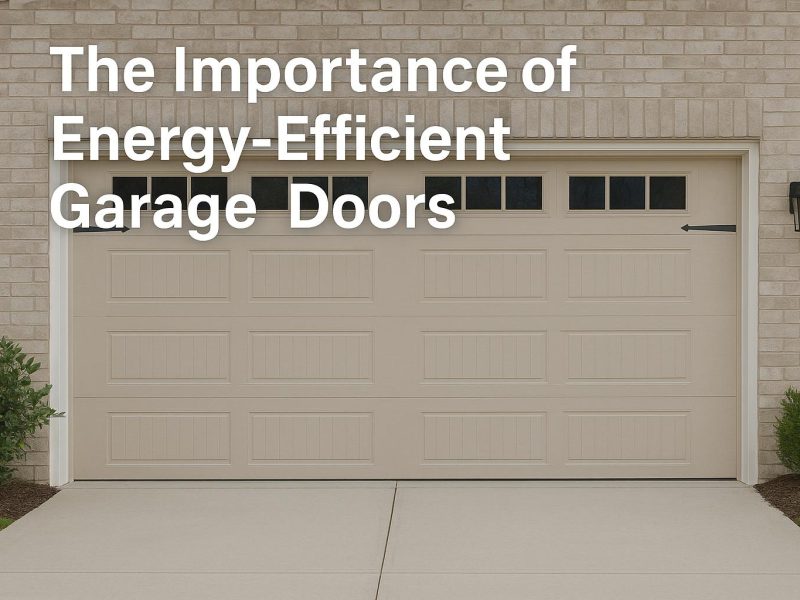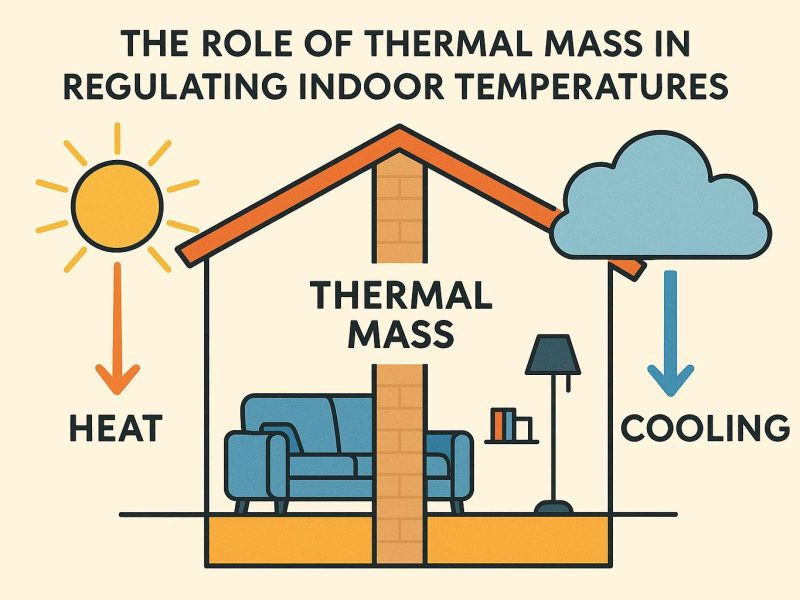Understanding Energy-Efficient Exterior Siding
When considering exterior siding for your home, one of the critical factors to evaluate is energy efficiency. Choosing energy-efficient siding can significantly impact your home’s energy consumption, reduce your utility bills, and contribute to environmental sustainability.
Material Matters
The choice of siding material is fundamental in determining the energy efficiency of your home. Among the various options available, vinyl siding is particularly popular due to its cost-effectiveness and minimal maintenance requirements. Despite these benefits, vinyl siding’s insulation abilities may need augmentation to achieve optimal energy performance. Another option is fiber cement siding. Although it is heavier and possibly more expensive, it is well-known for its durability and moderate insulation qualities.
Natural wood siding is another alternative, offering aesthetic appeal and an organic touch to home exteriors. While it has excellent insulation properties, it demands significant upkeep and might pose a risk of pest infestations. It’s worth noting that metal siding, often made from recycled aluminum or steel, offers strength and fire resistance but may require enhanced insulation layers to achieve desirable energy efficiency.
Insulation Integration
An essential component of energy-efficient siding is the integration of insulation. Insulated vinyl siding is one option incorporating a foam layer that significantly enhances the siding’s thermal performance. The insulated layer helps maintain indoor temperatures, reducing the dependency on heating and cooling systems. This continuous insulation barrier minimizes thermal bridging, preventing heat loss in winter and heat gain in summer.
Moreover, other siding materials, such as fiber cement, can be paired with exterior insulation forms to meet energy efficiency goals. This method involves installing an insulation board between the siding and the wall, further aiding in climate control and energetically efficient design.
Reflective Coatings and Colors
The choice of color and application of reflective coatings are pivotal in adjusting the siding’s energy efficiency. Lighter colored siding tends to reflect sunlight more effectively than darker tones. This attribute is particularly beneficial in hot climates, where reflecting solar energy reduces the cooling demands placed on air conditioning systems.
In addition, some siding solutions come equipped with reflective coatings specifically designed to deflect harmful UV rays. This can further enhance energy savings while also protecting the siding material from degradation caused by sun exposure. The application of specialized reflective coatings can thus be both a protective and energy-saving measure.
Comparing Costs and Lifespan
When evaluating siding options, it’s imperative to weigh the initial costs against the expected lifespan and maintenance requirements. Although some siding materials might involve a higher upfront financial commitment, they often translate to considerable long-term savings on utility bills. It’s crucial to assess the cost-benefit ratio, considering how much you will save in energy expenses over the lifecycle of the siding.
Investing in durable and efficient materials may seem costly, but they also mean extended lifespans, reducing the need for frequent replacements. Besides, maintenance costs should be taken into account, especially for naturally prone materials such as wood, which require periodic treatments and inspections to remain effective.
Environmental Considerations
Embracing energy-efficient siding is also a step toward environmentally conscious living. Certain materials, such as fiber cement and recycled wood, have a reduced environmental footprint during production and installation. Using sustainably sourced materials helps lower the carbon footprint associated with home improvements. It’s advisable to seek materials certified by trusted eco-labels, ensuring adherence to environmentally sound practices.
Moreover, proper disposal and recycling of old siding materials are integral to environmental care. Choosing siding options that can be recycled or repurposed at the end of their life enhances sustainable practices and minimizes environmental harm.
Climate Considerations
The climate of your locality plays a crucial role in the appropriateness of siding choices. For homes in colder regions, siding with superior insulation characteristics, such as insulated vinyl, significantly benefits homeowners by keeping the interior warm and comfortable. Conversely, in warmer climates, siding that facilitates adequate airflow and possesses reflective attributes ensures better energy efficiency, providing cooler indoor conditions.
Considering climate-responsive architecture can optimize energy use, reduce stress on HVAC systems, and create a more sustainable living environment.
Professional Installation
Regardless of the siding material and features selected, professional installation is critical to ensuring that your investment achieves maximum efficiency. Incorrect or substandard installation practices can lead to gaps, which may facilitate thermal bridging, thus undermining the siding’s insulation capabilities. Employing skilled contractors with a proven track record in energy-efficient projects is advisable to secure proper installation.
Correct flashing and sealing details are essential to protect against water intrusion, which could otherwise compromise insulation quality and the structural integrity of your home.
In conclusion, selecting energy-efficient exterior siding involves careful consideration of materials, insulation, color, and installation practices. By investing time in choosing the right option, homeowners can enjoy enhanced comfort, reduced energy expenses, and a lower environmental impact. The intersection of efficient design and sustainable materials renders a more balanced, eco-friendly home, contributing positively to a homeowner’s lifestyle and the broader environmental context.



